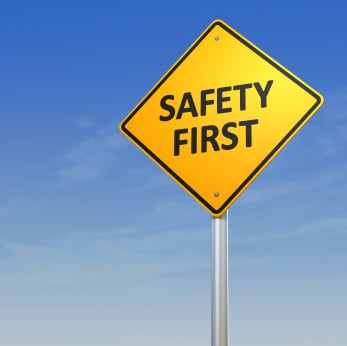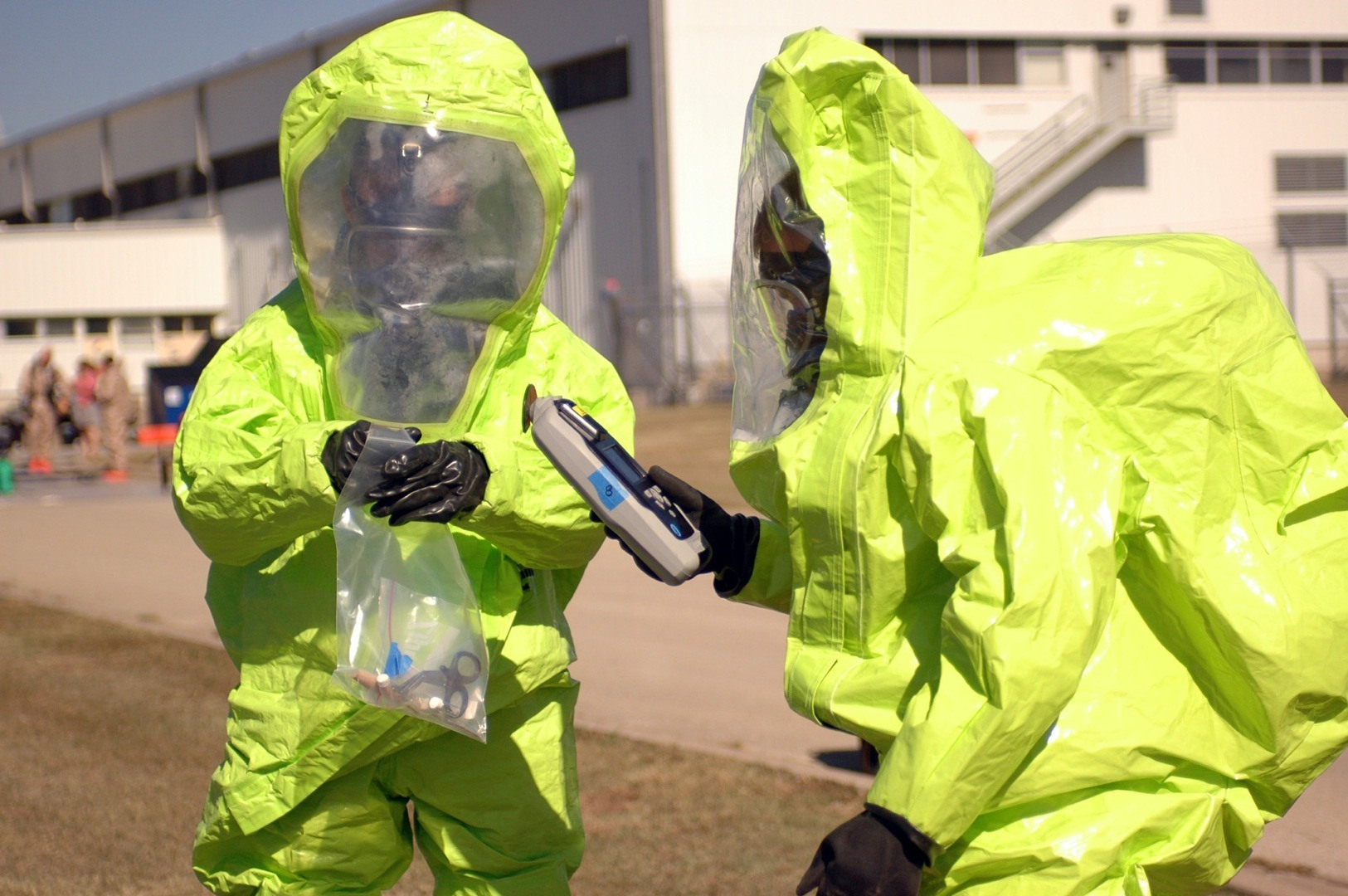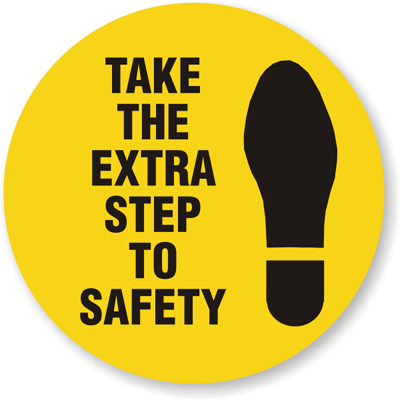On September 11, 2014, U.S. Department of Labor's Occupational Safety and Health Administration (OSHA) announced a final rule revision to the Injury and Illness Recordkeeping and Reporting Requirements. These revisions to 29 CFR 1904 are effective on January 1, 2015 and focus on two key requirements:
Environmental Health and Safety Blog | EHSWire
25 Industries Are No Longer Partially Exempt From OSHA’s Recordkeeping Requirements
Posted by Shivi Kakar
Topics: severe work-related injury and fatality reporting, final rule revision to the Injury and Illness Reco, industries no longer partially exempt OSHA recordk
OSHA’s Recordkeeping and Reporting Requirements – Updated
Posted by Shivi Kakar
On September 11, 2014, U.S. Department of Labor's Occupational Safety and Health Administration (OSHA) announced a final rule revision to the Injury and Illness Recordkeeping and Reporting Requirements. These revisions to 29 CFR 1904 are effective on January 1, 2015 and focus on two key requirements:
Topics: severe work-related injury and fatality reporting, OSHA Injury and Illness Recordkeeping and Reportin, OSHA amputation reporting, revisions to 29 CFR 1904
Study Shows a Third of Work-Related Disability Comes from Low Back Pain (LBP)
Posted by Shivi Kakar
According to the Council for Disability Awareness, more than 25 percent of today's 20 year-olds will develop some type of disability before they retire. The overall toll on the individual, the company and the government is substantial. For this reason, legislation and guidelines have been issued and tweaked throughout the decades. The cause and severity of disabilities can vary greatly. However, a recent study sheds light on one major culprit, Low Back Pain (LBP).
Topics: Low Back Pain (LBP), Third of Work-Related Disability, workplace injuries and illness
NIOSH Releases Strategic Plan to Prevent Work-Related Vehicle Crashes
Posted by Shivi Kakar
According to the U.S. Bureau of Labor Statistics, vehicle-related accidents are the leading cause of work-related deaths in the U.S. Out of all workplace fatalities, 36% involved a motor vehicle. In addition to the tragic loss of life, motor vehicle accidents have an economic impact, costing employers an average of $500,000 per incident. The Centers for Disease Control and Prevention (CDC) estimates the total annual economic impact to be around $60 million. To lower those numbers and protect workers, this May, CDC's National Institute for Occupational Safety and Health (NIOSH) recently released a strategic plan for research and prevention of workplace related motor vehicle injuries and death. This will be a four year initiative.
Topics: work-related vehicle crashes, motor vehicle accidents at work, NIOSH motor vehicle safety
House Passes Bill to Strengthen Chemical Facility Security
Posted by Shivi Kakar
Terrorism threats on chemical facilities in the US? On Tuesday, July 8, 2014, the House passed the Chemical Facility Anti-Terrorism Security (CFATS) Program Authorization and Accountability Act of 2014 (HR 4007), in order to protect against such threats.
Topics: CFATS, Chemical Facility Anti-Terrorism Security (CFATS), Security Vulnerability Assessments (SVA)
Titanium Manufacturer Ordered to Pay Largest TSCA Penalty Ever Imposed
Posted by Shivi Kakar
In May, Titanium Metals Corporation (TIMET) was ordered to pay a $13.75 million civil penalty for violations to the Toxic Substances Control Act. According to a press release from the Environmental Protection Agency, this was the largest penalty ever ordered for TSCA violations.
Topics: Toxic Substances Control Act (TSCA), Titanium Metals Corporation (TIMET), TIMET TSCA Penalty
The EPA’s Lead Renovation, Repair and Painting Rule (RRP Rule) was enacted in 2008 and became fully effective in 2010. The intended purpose of this rule is to protect children and any vulnerable individuals from exposure to lead dust during renovations. Lead-based paint was banned in 1978 after it was discovered that exposure to lead could cause a number of health problems, especially in young children, including behavioral disorders, learning disabilities, seizures, and even death.
Topics: Renovation, Repair and Painting Rule (RRP Rule), EPA ELead, Lowes RRP Rule, lead-safe
Hazardous Waste Electronic Manifest System (“e-Manifest”)
Posted by Shivi Kakar
For over a decade, the Environmental Protection Agency (EPA), individual states, industry and related stakeholders have had a mutual interest in developing a national electronic manifest system that would facilitate the electronic transmission of the uniform manifest form and make the use of the uniform manifest much more cost-effective and convenient for users. On October 5, 2012, President Obama signed the Hazardous Waste Electronic Manifest Establishment Act into law, which authorizes the EPA to implement a national electronic manifest system.
Topics: hazardous waste electronic manifest system, e-manifest
Topics: SSHASPS, HASP, Site-Specific Health and Safety Plans
OSHA Releases New Resources to Protect Hospital Workers and Enhance Patient Safety
Posted by Shivi Kakar
On January 16, 2014, OSHA released the details of a new initiative which will help hospital workers and patients maintain better safety. According to research that conducted in 2012, U.S hospitals reported over 250,000 work related injuries of which nearly 60,000 caused individuals to miss work. As a result, workers compensation claims cost hospitals over $2 billion in annual expenses. According to OSHA, a majority of injuries were caused by moving and lifting patients, needle sticks, exposure to infectious diseases, slip and falls, workplace violence, and exposure to hazardous chemicals and medications.
Topics: OSHA, enhance patient and hospital worker safety, work related injuries, health and safety management guides





.jpg)




.jpg)

